Remember the early days, when the electric vehicle revolution and the corresponding charging infrastructure were mostly discussed as a chicken-and-egg problem?
The challenge centered around the notion of not being able to build infrastructure viably since there aren’t enough EVs bought, and people don’t buy EVs because there isn’t enough infrastructure. The Eleport charging network was among the charging companies founded back then, to solve this side of the equation, no matter how difficult at first.
Looking back at this from our mid-2025 standpoint, in large parts of the world and including most of Europe, we can say we are past that initial problem.
How did we get past the EV chicken and egg problem?
Today, EV charging infrastructure has become common all around us in our everyday life, from homes to workplaces, from shopping centres to highway stops.
As an EV driver in Europe myself, I often even find charging stations in places I would not even expect to stumble upon one. And spotting another EV driver on the road is not the exciting “oh wow, someone else is driving one too” anymore. We, EV drivers, are now everywhere.

That’s what 2025 is like.
And if we consider the modern era of EVs, it also didn’t take us that long to get here. There were just 315 000 electric cars sold in the whole world in 2014. Ten years later, in 2024, there were 10.8 million fully electric cars sold in just one year. That’s growing 34 times in just ten years. Even harder to believe, there were just 7200 EVs sold back in 2010.
All it took to solve the equation on the charger side of things was for the resilient charging network startups to build for the future. And the risk these trailblazers took – imagine if the EV revolution had died out instead – paid off.
In Europe, we have gone from just 57 293 EV sales in 2014 to 1 190 346 fully electric cars sold in the first half of 2025 (ACEA). 17.46% of all cars sold in Europe so far are fully electric. That’s every sixth car bought without a combustion engine.
The EV charging infrastructure has grown hand-in-hand with the EV uptake: Europe just reached over a million available public charging points installed, growing 50% per year last year. Globally, we’ve reached 5.4 million public chargers installed at the end of 2024, with 2 million of them being DC fast chargers.
Still, real scaling remains ahead of us
Even with a million public charge points, we are not quite where we need to be, yet.
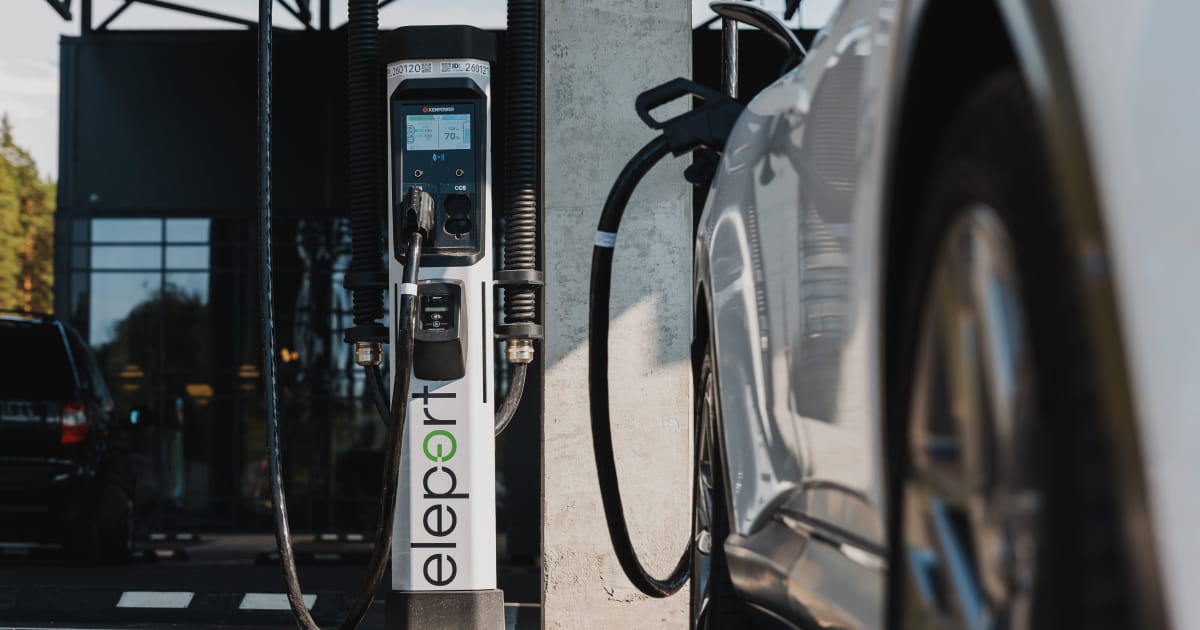
Although every sixth car sold in Europe is already fully electric and can be charged comfortably, five out of six are still coming with a combustion engine and inevitably switching to fully electric at one point.
The EV future is already here and visible if you take a quick look at Norway, Denmark, and Sweden, but it is not equally distributed yet. Looking at CEE countries with significantly lower uptake, there’s certainly more room to grow in different sides of Europe.
And if we start calculating the time it takes for the existing fleet to be switched to electric… as you can see, we’ve got quite the road ahead of us. All this means we’ve got lots of scaling up to do for the EV charging infrastructure, to keep up with the growth in EV adoption.
How to solve the key limiting factor for EV charging infrastructure: grid access?
The limiting factor for deploying more charging infrastructure rarely sits at the charger itself. The hardware choice is now wide, and most solutions are reliable enough not to give headaches of figuring out the right setups. There are just less EV charging infrastructure challenges to tackle today. Today, the key limiting factor lives upstream.
There have been hundreds of charging networks started up in Europe within the past ten years. Germany alone has over 100 players in the EV charging infrastructure market, as networks that operate 100 or more plugs. Europe is perhaps the most saturated market compared to other continents in that sense.
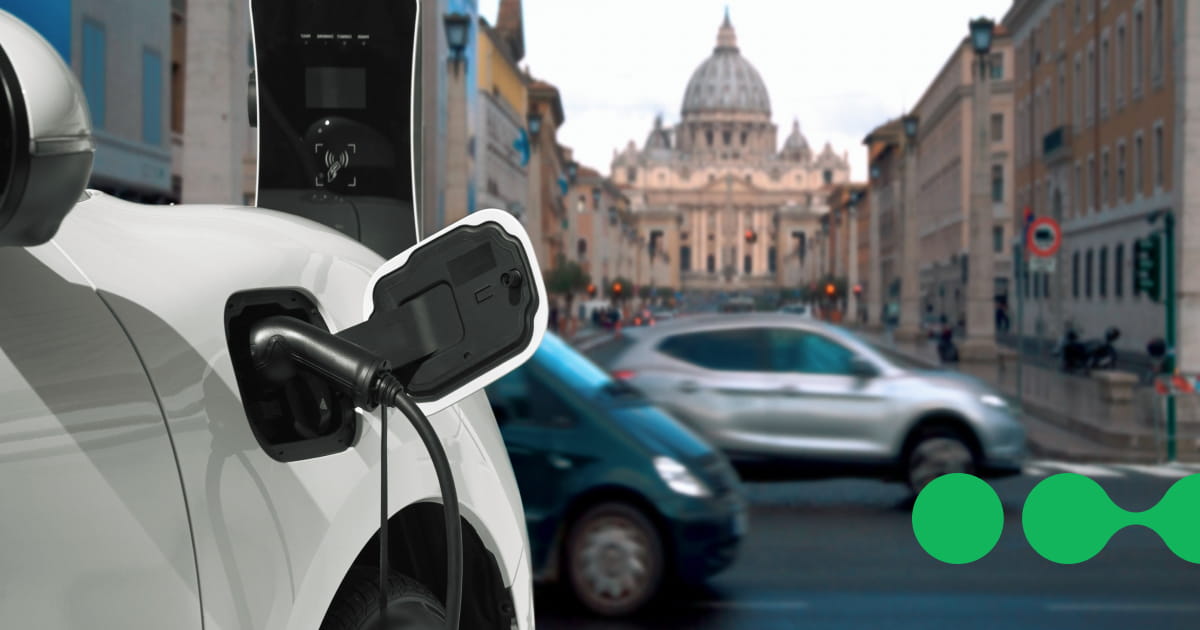
All of them are taking an active part in the EV revolution and scaling up together with the EV adoption. But even if they have the funding, business model, hardware, software, and everything else lined up to get the actual chargers on the ground ready to serve EV drivers, there is one key problem that they run up against.
Based on Driivz’s survey of 300 Charge Point Operators (CPOs) & charging-related employees in Europe and North America, more than 90% of these companies brought out one key issue – they expect grid capacity to hinder their growth over the next 12 months. It’s a problem that has been around from the start of the industry, but getting more acute as more charging sites roll out, creating something of a race for high grid capacity sites.
Luckily, solutions are emerging. These should boost the infrastructure rollout speed significantly by 2030 compared to today.
One of such is technological from the charger equipment side – lots of providers these days offer battery-buffered chargers, where the grid load for high-power charging is offset by a battery integrated to the charging hardware.
This means that, for example, a 300 kW charger wouldn’t necessarily need to pull that out of the grid, and the grid connection can be scaled to be less, thanks to it. Pairing that with smart software for dynamic load management, it’s a solid step in the right direction, even if not fully solving the EV charging infrastructure problems.
Another solution is to scale up the grid capacity that a charging hub needs on site, but not relying on the grid itself – instead, some operators opt for the ”bring your own power” approach, by building out a renewable power solution (mostly solar) next to the charging site.
A good example of that comes from our recent research on the largest EV charging hubs in the world, as those need remarkably large grid connections. Tesla’s Oasis Supercharger in California, with 84 Superchargers and soon to be scaled to 168, is mostly running fully off-grid thanks to the 11 MW solar array that they’ve built next to the site. The system also has ten Tesla Megapacks connected to it for 39 MWh of storage, making it a solid microgrid buildout just for the huge charging site.

A smaller implementation of the same plan can be seen with solar canopies deployed over the charging sites across Europe.
The third solution is to cut the red tape. The electrical requirements for EV charging at scale demand early engagement with grid operators and realistic lead times.
I’ve heard charge point operators talk about this already more than five years ago, and it is still relevant today: the years-long lead times for getting the necessary permits to connect the chargers to the grid, even with available grid capacity actually there, are seriously hindering the rollout speed.
We’ve seen some policies here and there already being discussed in the back rooms, but yet to see serious legislative implementation in Europe, at least anything that would cut the deployment time notably.
The fourth solution comes from somewhere that almost creates something like a paradox. The EV itself. The key to unlock more grid stability and thus more chance of powering the charging sites comes from the very electric vehicles that draw the energy in the first place – through the Vehicle-to-Grid (V2G) functionality.
This means an EV can be charged at an optimal time, say when renewable energy production is abundant on the grid, and the energy can be given back to the grid during the grid’s peak demand times, like people arriving home after work.
For V2G, there are numerous pilot projects with large EV fleets already underway or finishing up across Europe, and we can expect this to become more of a natural state of our EV charging infrastructure and car ownership by 2030. The EU estimates we could offset about 25% of the €584B in grid upgrade needs with the V2G rollout.
For example, in the world’s largest electric car market, and thus also the largest EV charging infrastructure market, China, the government just recently released a policy to standardize vehicle-to-grid technologies, through which EVs are expected to provide 10 GW of flexible capacity by 2030. To put this into perspective, in Europe, 10 gigawatts would be enough to match Belgium’s full base power demand throughout the year.
The core solution that goes past all these so-called painkillers above, of course, will be modernizing a nation’s electrical grid. In that, each country is in a different spot entirely, most being what we could call “behind” in terms of being ready for the EV scale-up.
More competition adds value for EV drivers
With any industry becoming more mature, there will be more competition until the market saturates, and more competition will lead to more perks being offered to the EV driver to get them to join any specific charge point operator.
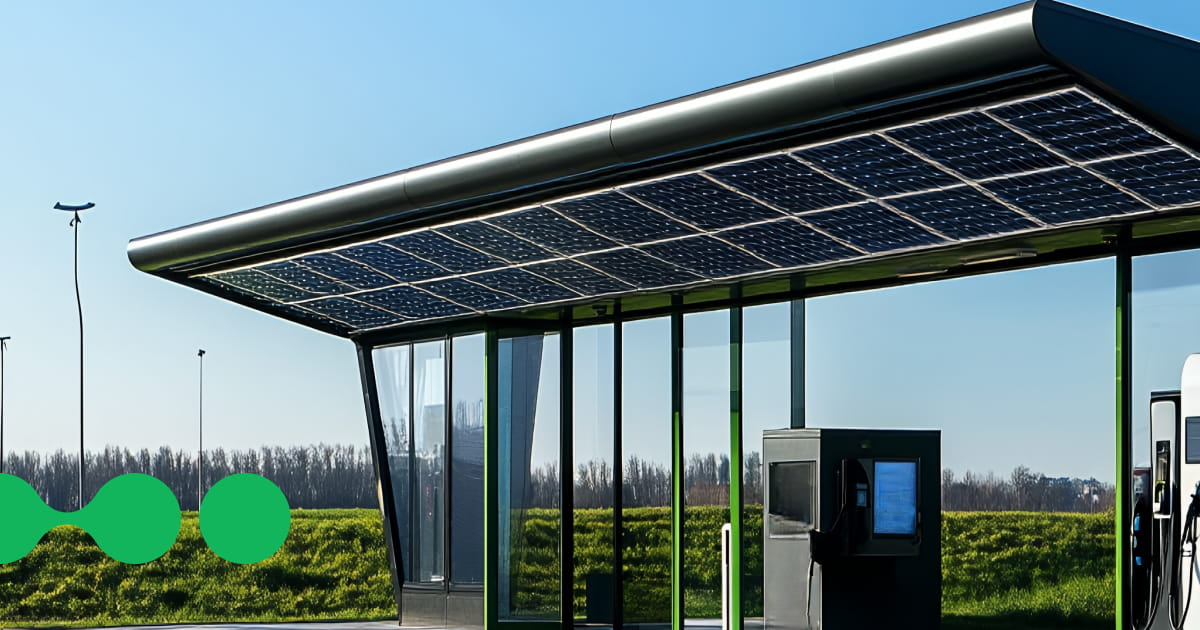
If you ask an EV driver today about the reasons they choose one or the other charging spot, the reasons may vary from nearby amenities to the charging spot, their habits from the earlier days, or just about the location on their usual route. As charging sites become more common, the charging operators will need to make more effort in getting the EV driver to choose them and stay loyal to the charging site.
This follows the usual route, like subscription perks and such, but also starts impacting the charging site design quite a bit. More and more fast charging sites are now offering lounges or other amenities to offer more value to the EV drivers. With a rainy day, having a canopy over the charger – or not – might influence quite a few decisions for one over the other from EV drivers on their way to charge up.
It is not entirely uncommon anymore to see a kids’ playground be built together with EV charging infrastructure from the start, in addition to the usual restrooms and cafeterias. The best motorway sites also already think of those pulling a trailer with their EV, designing the so-called pull-through charging bays by default.
Tesla once even went as far as installing a bouncy house for kids, and a pool made out of a container in the Seed & Greet site in Hilden, Germany. Some EV charging site lounges nowadays also include some smaller co-working and meeting rooms.
We expect more of these “edge cases” in EV charging perks launched and the extra value offered for EV drivers becoming the new normal, as we get closer to 2030.
Policy and regulation keep us on track
While the regulations affecting EV adoption, like fleet emission rules for automakers, have changed recently and likely are going to again soon enough, we now have an EV charging infrastructure framework set on the European Union level, which will keep us on track with some of the infrastructure needs. Some regulations from local country governments add to that as well.
The EU’s Alternative Fuels Infrastructure Regulation (AFIR) requires fast-charging sites for cars and vans every 60 km on the TEN-T core network. Each charging site must include at least one 150 kW charger and reach a minimum total site power of 400 kW in 2025, rising to 600 kW by end-2027 on the core network. AFIR also sets a national target for aggregate EV charging power requirements of at least 1.3 kW per BEV (0.8 kW per PHEV), and mandates clear price display and requires all fast chargers deployed to have an option for card payments.
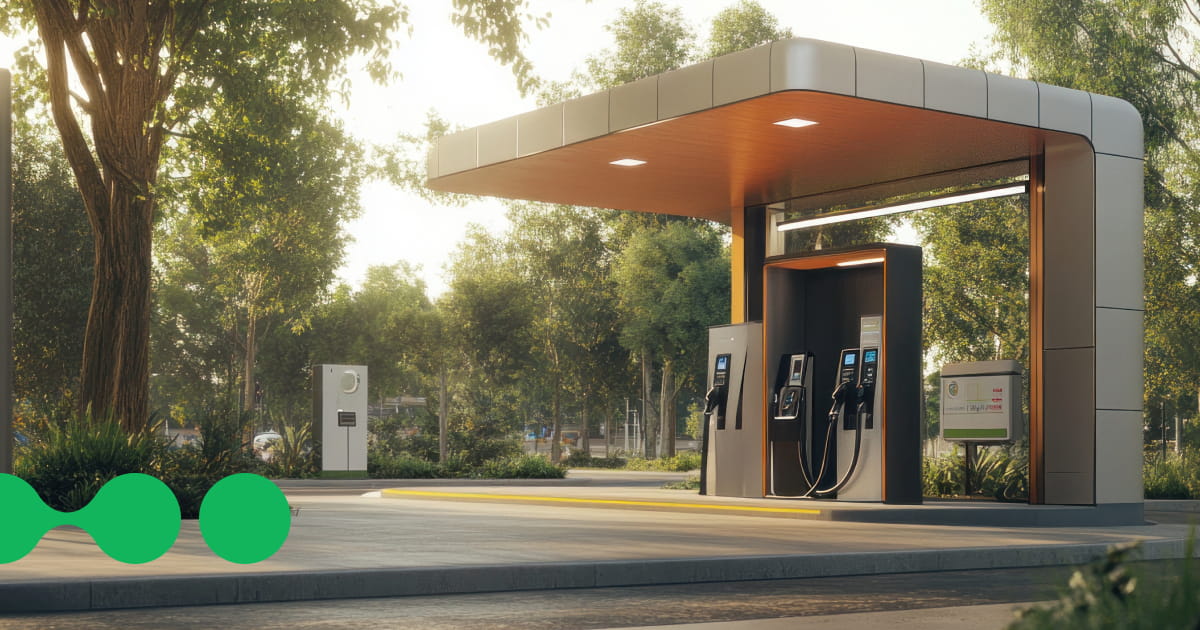
The Energy Performance of Buildings Directive (EPBD) helps on the buildings’ side. In practice, this means it added EV charging parking space requirements by mandating pre-cabling a large share of parking spots in many new non-residential buildings and installing at least one recharging point above set thresholds, with smart-charging readiness built in.
The rest of the incentives to build out infrastructure take place at the government level or within specific alliances, with subsidies for charger rollout for charging networks or even making the home charger cheaper for new EV owners.
Here are a few country-specific charging buildout efforts:
- Germany’s “Charging Infrastructure Masterplan II” has €6.3 billion in investment earmarked to deploy more chargers in the country, hoping to reach 1 million publicly accessible chargers by 2030.
- Charge France, an alliance of 13 leading charging operators in France, recently committed €3 billion to reach 40,000 ultra-fast charging ports by 2028.
- Poland launched a ~€466M fund for deploying high-power charging hubs across the motorways, and another funding pot of the same size meant solely for heavy commercial vehicle and truck charging.
Efficiency goes up, and new technologies help
Under the hood, charging is becoming a software business.
Most of us who started driving an EV years ago know how painful the unreliable EV charging infrastructure can be, where you could easily have ended up at a charger not working, causing some time delay in routing to the next. And if you’re one of the really early adopters, there might not have been that “next charger” in your range at all.
We’ve come far from this moment, and there is much less excitement (or anxiety) embedded in our routing to the next charge. That’s because in general there are now significantly more chargers per site, not just one or two, and because the reliability of these chargers is significantly higher these days.
Looking around the industry, we can still spot several improvements that charge point operators make over time to get their operations up more efficiently and reliably.
The management systems deployed across chargers have gotten so good that the EV charger not being available for charging can often be solved already before the EV driver ends up there to notice. Increased efficiency in troubleshooting on the spot helps get the EV owner that charge going faster in case there are any problems in the first place.
Technologies like Plug&Charge and Autocharge are becoming the norm, helping the convenience of charging for the driver. In the end, that’s all that really matters to the EV driver – that you can easily and reliably charge at the station you ended up at.
As for what to expect next on the EV charging infrastructure technology side going towards 2030, we are seeing the systems being perfected even more on the operations and reliability side, also with easier access to the live status of any station out there, taking the guesswork out of EV drivers’ hands.
We covered the benefits of live station metrics on our EV route planning overview, and I would go as far as saying that already today in 2025, there is no real excuse why an EV driver would need to go and search their next charger info from PlugShare to see if it actually works by checking whether someone has recently checked in as having charged there.
Come 2030, we expect the status, availability, and pricing of all public charging stations to be accessed straight on your in-car navigation or cross-European charging apps without exception, much like you can see all Eleport’s chargers live on Eleport’s app today.
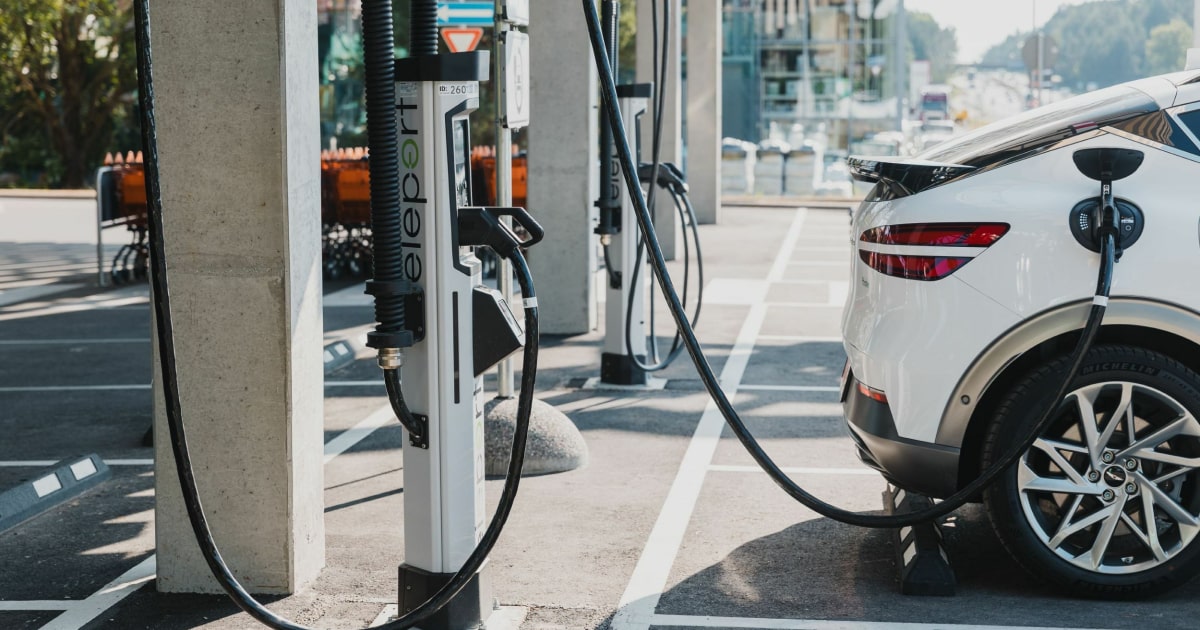
The other part of the technology that is leveling up between now and 2030, of course, is the charging power itself. While we’ve already reached the reasonably fast charging speeds in Europe today, at around 300 kW per charger if your car can accept it, the technology isn’t stopping there.
The new peak speeds for passenger EVs, coming out of China and now also around Europe, are heading to the 600 kW+ territory and in some cases reaching even over 1 MW at the peak. Additionally, the foundation of megawatt charging on the commercial fleet, like heavy-duty trucks, is being built out across Europe as we speak.
In 2030, there will be no reason not to change over your heavy-duty fleet to an electric powertrain, as the total cost of ownership will be lower and the heavy-duty charging infrastructure will be rolled out enough to make the decision easier.
The Central and Eastern Europe region is different
But not too much. Our regional difference here mostly comes in the form of a slightly delayed timeline to electric vehicle adoption compared to Western Europe, but that’s also where most limiting factors for charging buildout end. We are just a bit more in the early days, but the clear destination is the same for all regions – fully electric. This actually gives the CEE region a unique chance as well to leapfrog in technology adoption.
While the more mature EV markets had to grow through all phases of the current charging technology alongside the ramp-up in EV sales, the CEE region can take the same, now already advanced charging technology and systems, and apply them much earlier in the EV adoption curve. We can learn from the wins and the mistakes.
In general, this should lead to even more owner satisfaction in the early adopter phase of EV uptake and perhaps makes the transition easier, compensating for the other factors of our region, like the higher price sensitivity or the potential trap of overbuilding the EV charging infrastructure too early while the adoption is lower.
Charging networks mature and consolidate
With the charging networks now scaled up to impressive sizes across Europe, we are witnessing a specific change in the business model – or rather a milestone. The larger players have become solid enough, with large enough assets and utilization driving revenue, to be seen as stable by banking institutions and now suitable for receiving debt financing and loan guarantees from the large banks.
Several pan-European charging networks have raised such financing to fund their expansion recently, like Electra with a €433 million green loan, and IONITY raising €450 million in financing by nine international commercial banks.
In addition to these businesses becoming attractive in the eyes of larger banks, it is likely we will also see consolidation happening within the industry, as the larger players start swallowing up smaller charging networks to introduce further efficiencies across the networks.
The European charging landscape is incredibly diverse across different countries, and Eleport remains one of the handful of operators with a footprint that spans across five countries and counting.
What 2030 looks like for charging
By the end of the decade, charging, both the infrastructure and the habits, have become an even more common part of our everyday life. A new charger popping up next to a shopping centre or at the petrol station isn’t much news for anyone these days. The large charging sites and everything that comes with it will be as common within the next years as well.
The charging infrastructure is becoming both something that seamlessly blends into the background in our everyday life, and at times rises to the front as a destination rather than just a stop, when it comes to the larger hubs with amenities.
What we will see in the charging industry over the next few years is two-fold: perfecting the systems we have today, and scaling up the whole thing. The latter needs to happen especially hand in hand with the growing EV sales, to avoid any shortfalls and steps back in our road to electric vehicles.
For the EV drivers, it is really quite easy to predict what 2030 is like when it comes to charging in Europe. The whole experience will, without question and in many ways, be better.
FAQ
What is EV charging infrastructure?
EV charging infrastructure is the whole system that delivers energy to electric vehicle and makes it easy for EV drivers to refuel their electric car. And it’s not just about the plugs. It includes the chargers, the grid connection, site energy assets added like battery storage, solar canopies, the software layer, and the on-site experience like lighting, amenities, and accessibility.
What are the main challenges in expanding EV charging infrastructure?
The main challenge that the charging networks bring out as a challenge is the grid capacity and timelines to connect the charging sites to the grid. Permitting and land use are becoming a challenge as well. Currently, reliability and maintenance has become easier with more quality hardware providers. Recent EV charging infrastructure challenges also include cybersecurity and data quality issues.
Which country has the best EV charging infrastructure?
In Europe, the Netherlands is the leader in public EV charging points deployed, mainly due to their programs in cities allowing for AC charge points added when new EVs are deployed. In Norway, the charging infrastructure already supports more than 90% of new cars sold being fully electric. In Central and Eastern Europe, Eleport charging provider leads in seamless charging across five countries.



